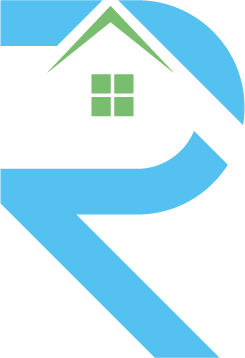Mortgage: Fixed Or Variable Rate
There are two primary categories of mortgage rates utilized for financing home purchases: Fixed-rate mortgages and Variable-rate mortgages, also known as Adjustable-rate mortgages (ARMs). These two types of mortgages primarily differ in how the interest rate is structured.
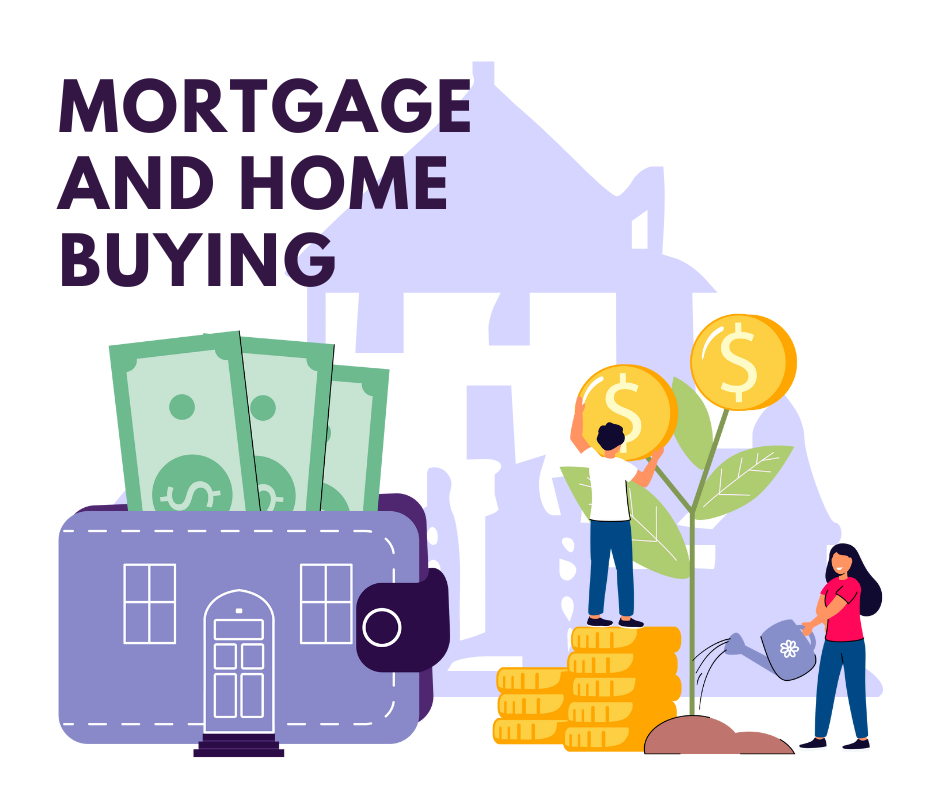
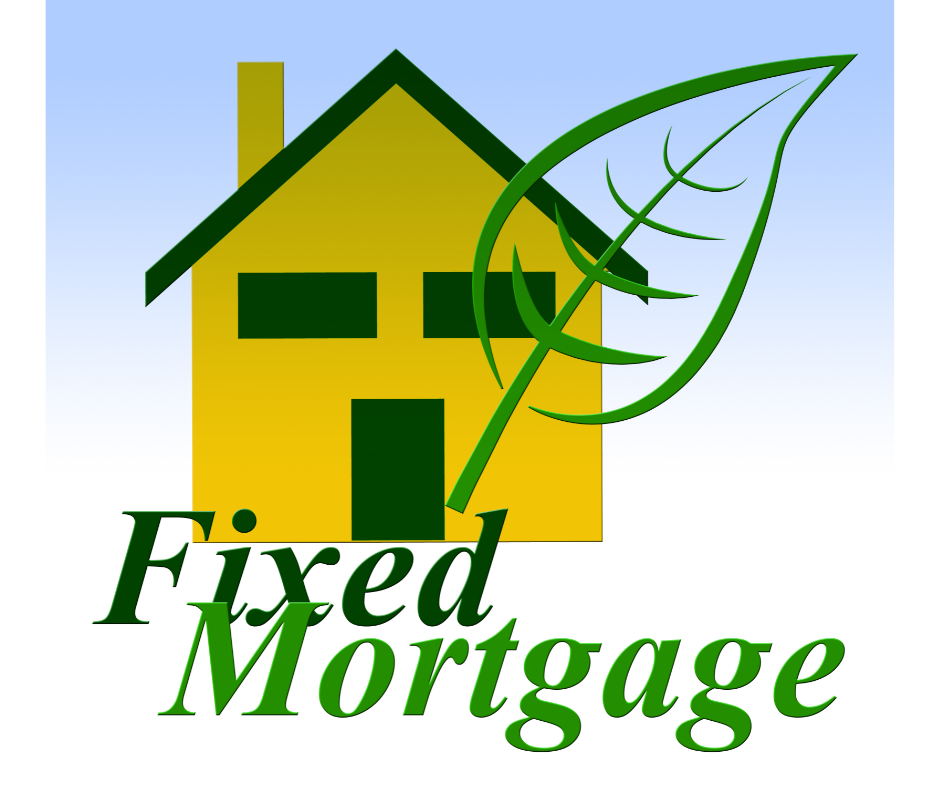
Fixed-rate mortgage
In a fixed-rate mortgage, the interest rate remains constant throughout the entire duration of the loan. Although there are other options available, the most commonly chosen terms are 15 and 30-year fixed-rate mortgages. Longer-term loans generally involve fewer monthly payments but result in higher overall interest payments over the life of the loan, whereas shorter-term loans typically come with larger monthly payments but lower total interest expenses. Your monthly principal and interest payments with a fixed-rate mortgage stay the same for the course of the loan, giving you stability and predictability for budgeting. The portion of your payment that is allocated to interest and principal fluctuates over time when your monthly payments remain constant. Over the course of the loan, more money is allocated to the principal and less to interest.
In terms of your monthly payments for the duration of the loan term, a fixed-rate mortgage offers a high level of predictability. You'll always know your interest rate and monthly payment amounts in advance, which provide security. These mortgages are preferred by those on strict budgets, first-time homebuyers who value consistency, or people who haven't owned a property in a while. It's a reliable choice, especially if you aim to safeguard against the possibility of increasing interest rates that could impact your monthly housing expenses. When you apply for a fixed-rate mortgage, the lender will set the interest rate based on prevailing market conditions at that time. Regardless of how market interest rates may shift or fluctuate during the life of your loan, your rate will remain unchanged. For individuals planning to reside in their homes for an extended period, fixed-rate mortgages offer peace of mind, assuring that their monthly housing costs will remain consistent.
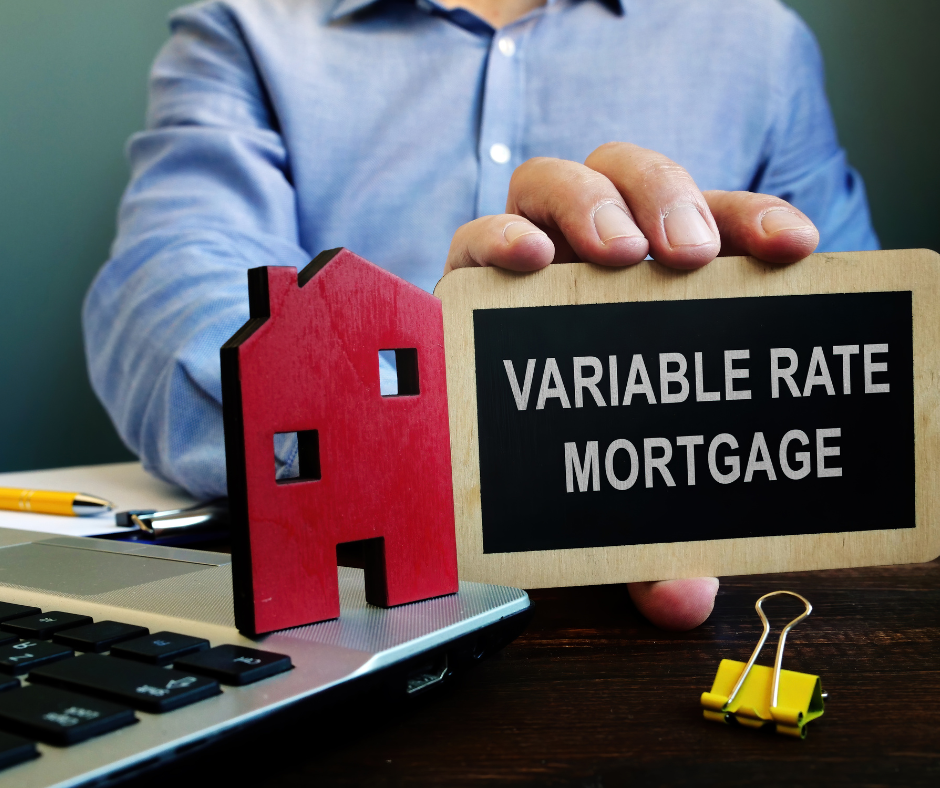
Variable-rate mortgage
In a variable-rate mortgage, the interest rate is not set in stone but can vary periodically, typically following an initial fixed rate period, such as 3, 5, 7, or 10 years. The initial fixed-rate period offers a lower interest rate compared to a fixed-rate mortgage, which attract the borrowers. The interest rate on a variable-rate mortgage adjusts periodically after the initial period, and it is typically based on an index like the Canadian Prime Rate plus a margin determined by the lender. The frequency of these adjustments can vary, and they may occur annually or at more frequent intervals, depending on the terms of the specific loan.
To secure borrowers from extreme rate increases, variable-rate mortgages often come with caps. These caps limit how much your interest rate can increment during a periodic cap and over the life of the loan .During the starting period, your interest rate and monthly mortgage payments remain constant. As the interest rate adjusts, your monthly payments may also vary, probably going up or down. This may cause some unpredictability or riskiness into your budgeting, as you might not know exactly how much your payments will be in the future. So it is suited for borrowers who are comfortable with financial risk and have the flexibility to tolerate potential payment increases.
A variable rate mortgage has an interest rate that changes along with your lender's Prime rate, which is influenced by the bank of Canada's overnight rate. So if the Bank of Canada changes its rate, the mortgage payment will vary too. People with flexible budgets can manage uncertainty with variable rate mortgages, since it is hard to predict future interest rate changes.
The main benefit of variable mortgage is that if your condition changes and want to switch to a fixed-rate mortgage, the penalty is usually less compared to fixed-rate mortgages. This means you can lock in a fixed rate without penalties, if it's the right time for you.
It is important to carefully analyze your financial goals and conditions while choosing between a fixed-rate and variable-rate mortgage options. Even though, fixed-rate mortgages provide security, they may cause slightly higher initial rates compared to variable-rate mortgages. Finalizing which type of mortgage is better for you will be based on your risk tolerance and your vision on future interest rate trends. As a mortgage broker I can guide you through each step, from the start to end, which will help you to understand the commitments involved.
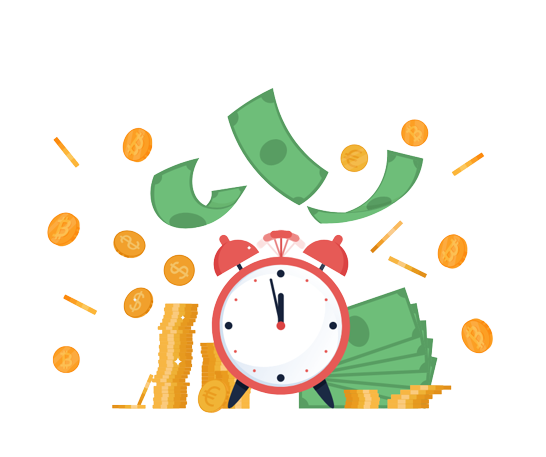
Amortization: Strategic financial planning
Amortization is the process of paying off a home loan through regular payments, mainly monthly, or over a set period. The primary goal of amortization is to guarantee that, by the conclusion of the loan's term, the borrower has completely reimbursed both the initial borrowed principal and the interest levied by the lender. When your down payment falls below 20%, you'll be required to opt for a 25-year amortization period to settle your loan. Conversely, if you can provide a down payment of 20% or more, you have the option to go for a 30-year amortization. This choice can lead to reduced monthly mortgage payments, affording you greater financial flexibility to allocate your resources to other everyday expenses.
